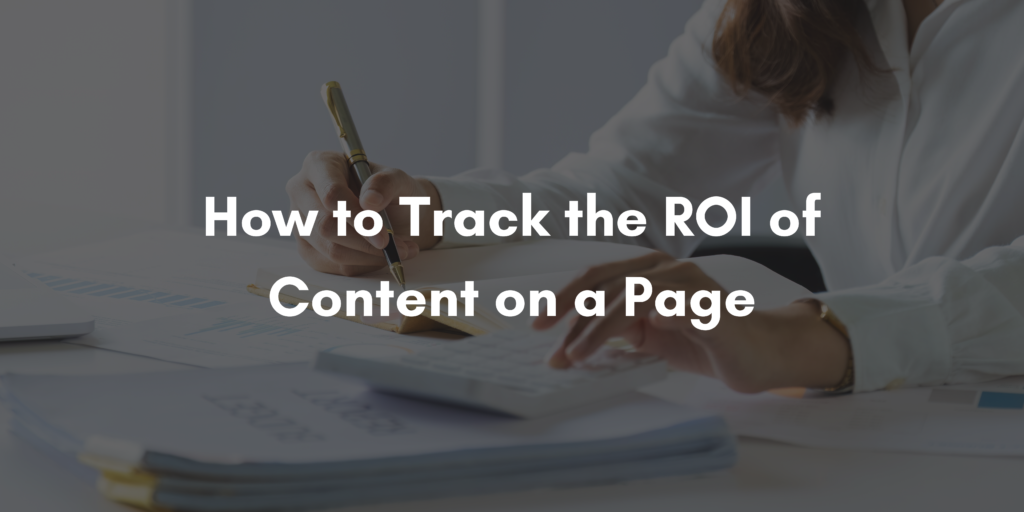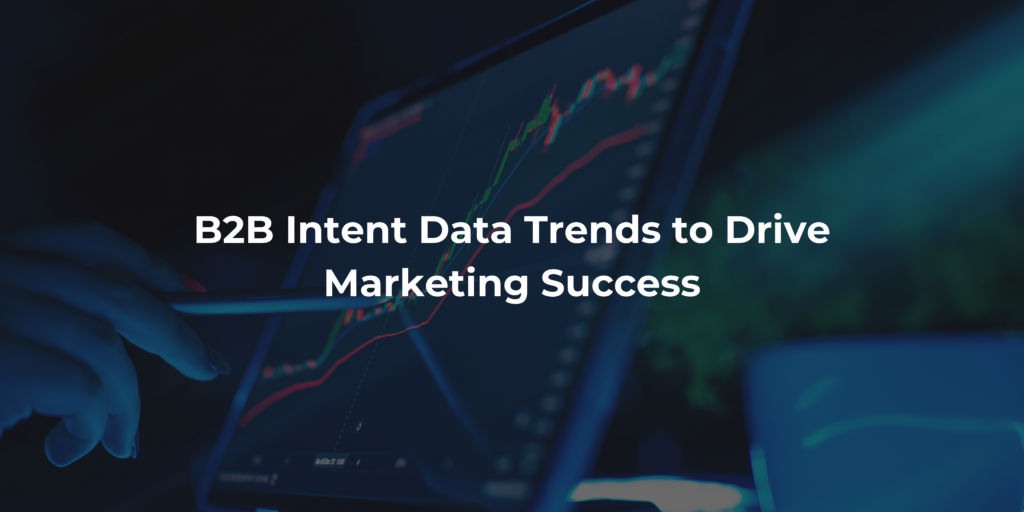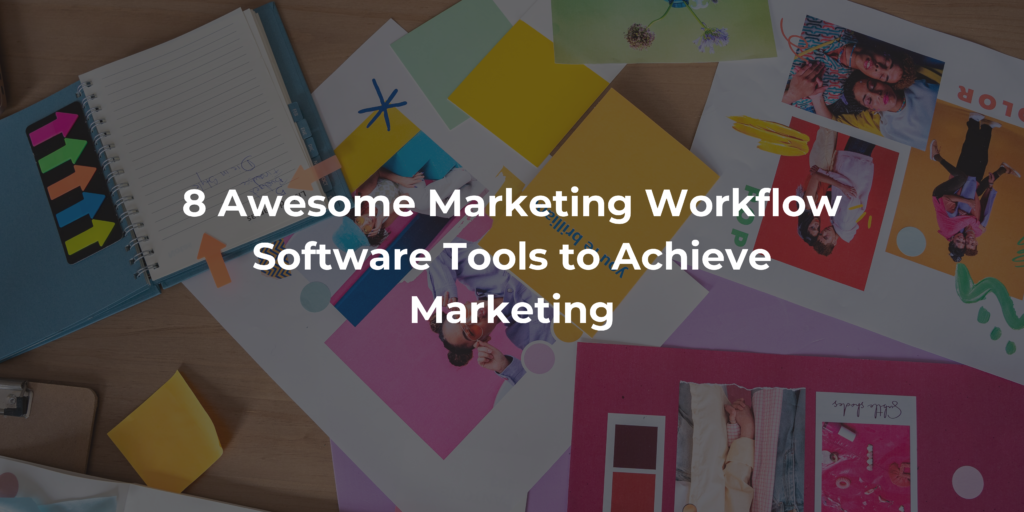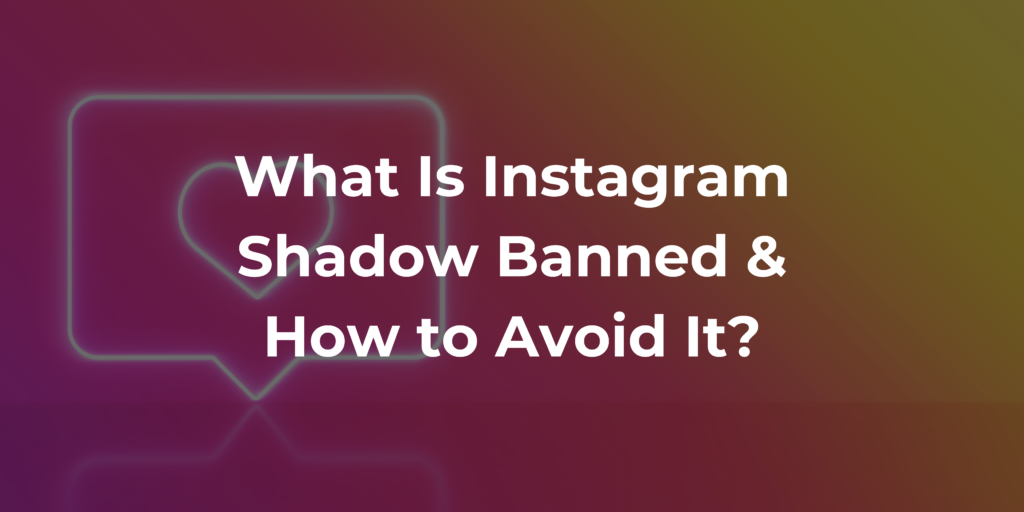Understanding and optimizing the Return on Investment (ROI) of your content is crucial for the success of your online presence. ROI-based conversions are the cornerstone of effective content marketing, ensuring that your efforts translate into tangible results. In this blog post, we will explore the intricacies of tracking and optimizing the ROI of content on a page.
Defining ROI-Based Conversions:
ROI, or Return on Investment, signifies the measurable returns gained from the resources invested, and in the context of content, it involves identifying specific actions taken by users that contribute to your business objectives. These conversions can take various forms, such as lead generation through form submissions or sign-ups, direct sales and revenue generated from content-driven marketing campaigns, or broader indicators of customer engagement like comments, likes, and shares on social media platforms.
Essentially, ROI-based conversions provide a clear framework for evaluating the tangible outcomes that result from your content strategy, enabling a more precise measurement of the value derived from your digital marketing initiatives. By delineating these conversion metrics, businesses can align their content creation and distribution efforts with strategic goals, fostering a more targeted and effective approach to content marketing.
How to Track and Optimize Revenue from Content:
1. Analytic Software: The foundation of tracking and optimizing revenue from content lies in the use of robust analytics software. Tools such as Google Analytics or Adobe Analytics provide comprehensive insights into user behavior on your website. By integrating these platforms, businesses can set up specific goals and conversion tracking, allowing them to monitor user interactions that directly contribute to revenue.
For instance, defining goals might include tracking completed purchases, form submissions, or other actions indicative of revenue-generating activities. The analytics software provides a detailed overview of user journeys, highlighting which content or pages are most effective in converting visitors into customers.
This data empowers businesses to identify high-performing content, understand user preferences, and strategically optimize their content strategy to maximize revenue.
2. Tracking Parameters and Post back:
To enhance the precision of revenue tracking, incorporating tracking parameters in your URLs is essential. These parameters provide additional information about the source, medium, and campaign that directed users to your site. By utilizing unique parameters for different campaigns, channels, or promotions, businesses can discern which content pieces or marketing channels are driving the most revenue. Additionally, implementing postback URLs aids in accurate attribution. Postbacks enable the transfer of conversion data back to the original ad platform, closing the loop on the customer journey.
This ensures that the revenue generated from a specific piece of content or marketing campaign is accurately recorded, allowing for more informed decisions regarding resource allocation and content optimization. Together, these tracking methods provide a comprehensive view of the content’s impact on revenue, enabling businesses to refine their strategies for maximum effectiveness.
Ad Clicks by Topic:
It refers on how to analyze and control users’ online advertisements based on their associated titles or topics. This approach is essential for digital marketers who aim to optimize their advertising campaigns to match the interests and preferences of their target audience.
1. Keyword Topic and Analysis:
To implement ad clicks by topic effectively, marketers need to conduct comprehensive keyword and topic analysis. This involves researching and identifying the keywords and topics that are relevant to their target audience and align with the products or services being promoted. By understanding the language and themes associated with their target market, marketers can create ad campaigns that resonate with potential customers.
2. Ad Campaign Tracking:
Once an ad campaign is launched, it is important to use the tracking tools offered by ad platforms such as Google Ads or Facebook Ads. These tools provide insight into ad performance, including number of clicks, impressions and conversions. By leveraging these analytics, marketers can discern which topics or keywords are driving the most engagement and conversions. This data allows for informed decision-making in terms of budget allocation, bid adjustments, and content refinement.
3. Optimizing Ad Content by Topic:
Marketers can optimize their ad content to better align with high-performing themes. This optimization process may involve refining ad copy, adjusting targeting parameters, or creating variations of ads that cater to different topics. The goal is to continually enhance the relevance and resonance of ad content, thereby increasing the likelihood of attracting clicks from users interested in specific topics related to the advertised products or services.
4. Refining Targeting Strategies:
Understanding which topics drive clicks allows marketers to refine their targeting strategies. They can allocate resources more efficiently by focusing on the topics that demonstrate higher engagement and conversion rates. This optimization not only maximizes the impact of ad spend but also ensures that the ads reach an audience genuinely interested in the promoted offerings.
Increased Pageviews:
It refers to the enhancement of the number of times visitors view pages on a website over a specific period. This metric is a key indicator of user engagement and can be crucial for content-driven websites, blogs, and online businesses. Understanding and strategically increasing pageviews are essential for improving overall website performance and achieving various business objectives.
1. Content Quality and Relevance:
One of the most important factors in increasing page views is the quality and relevance of the content on your site. High-quality, valuable, and relevant content not only attracts visitors but encourages them to explore more pages. When users find content that matches their needs and interests, they are more likely to visit additional pages, which helps increase overall page views.
2. Internal Linking:
Strategic internal linking is a powerful technique for boosting pageviews. By incorporating relevant internal links within your content, you guide users to other pages on your website that are related to the topic they are currently reading. This not only enhances the user experience by providing additional valuable information but also increases the likelihood of users exploring more content.
Increased Social Media Shares:
It refers to the rise in the number of times your content is shared across various social media platforms. This metric is a key indicator of content virality and social engagement. A higher number of social media shares can lead to increased visibility, expanded reach, and heightened brand awareness.
1. Compelling and Shareable Content:
The foundation for increasing social media share is creating compelling, valuable, and shareable content. Users are more likely to share content that touches their emotions, provides useful information, or is interesting. Tailor your content to your target audience, meeting their interests, needs and wants.
2. Easy-to-Use Social Sharing Buttons:
Ensure that your website or content platform includes easily accessible social sharing buttons. These buttons enable users to share your content with a single click, streamlining the sharing process and increasing the likelihood of users spreading your content across their social networks.
3. Visual Appeal:
Visuals, including images, infographics, and videos, tend to work well on social media platforms. Enhance the visual appeal of your content to make it more share-worthy. Eye-catching visuals not only grab attention but also increase the likelihood of users sharing your content with their followers.
4. Engaging Headlines and Descriptions:
Craft attention-grabbing headlines and engaging descriptions for your content. A compelling title and description can entice users to click on your content and share it with their followers. Focus on creating curiosity or delivering a clear value proposition.
Conclusion:
Effectively tracking and optimizing the ROI of content on a page requires a multi-faceted approach. By defining ROI-based conversions, utilizing analytics software, employing tracking parameters, and analyzing ad clicks by topic, increased pageviews, and social media shares, you can gain valuable insights into the performance of your content. This data-driven approach allows you to refine your content strategy, increase engagement, and ultimately drive desired actions that contribute to the success of your business.
